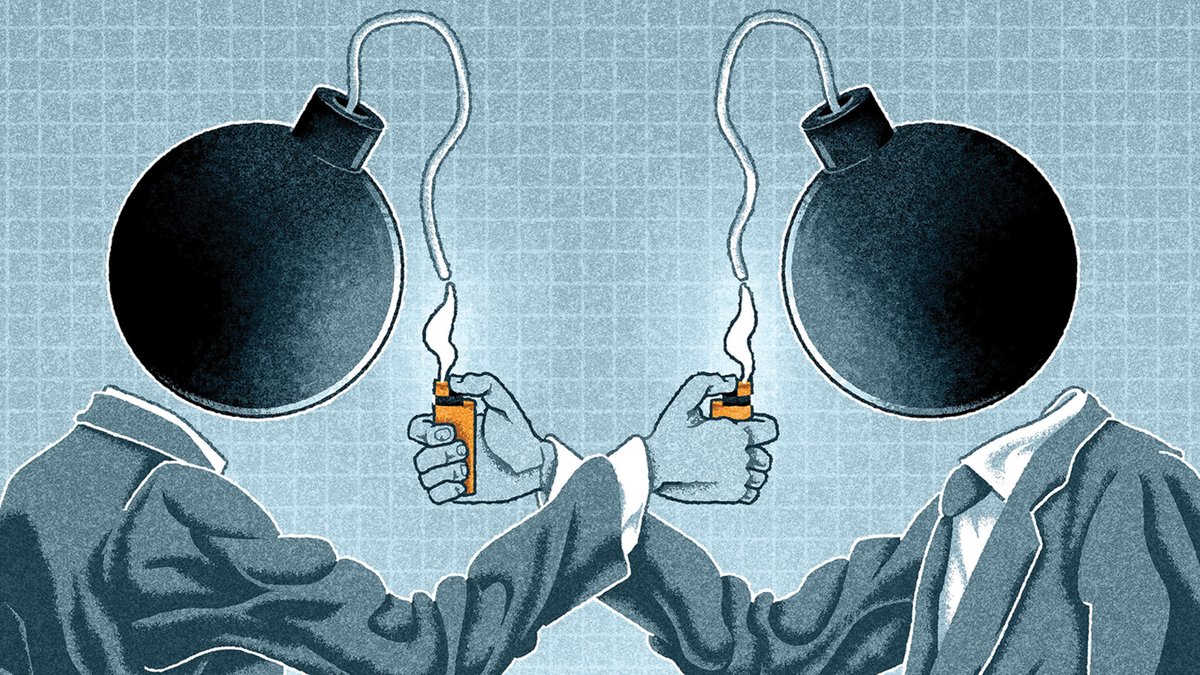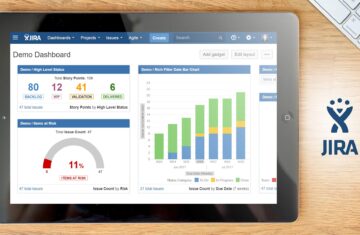The macroeconomic refers to the study of the general performance of the economy by governmental economic and political officials or other economic bodies such as banks in order to achieve stable economic growth and raise the standard of living, reduce unemployment, increase employment rates, and others, using certain tools that aid in this endeavor, and these tools are as follows: Economic means that help the government provide a stable economic environment that helps enhance economic growth These tools are the basic pillars of the macroeconomic economy, which are fiscal policy and monetary policy. So what is meant by them, and how does the government use them to express the performance of the public economy?
Monetary policy
Monetary policy is defined as a set of measures and decisions taken by the government central bank to manage monetary supply in the country, so that central banks use monetary policy tools to reduce unemployment, prevent inflation, achieve economic stability, and achieve other goals. The following is a list of monetary policy tools:
Quantitative Methods
These are the procedures and measures that the government uses to control and manage the cash supply indirectly, namely:
Bank Rate Policy
It is the interest rate imposed by the central bank on commercial banks when money is borrowed from it, and it is used to control cash offers either by increasing the rate of re-discount rate to reduce the cash supply in the event of inflation or reducing the rate of re-discount rate to increase the cash supply in the case of stagnation.
Legal Reserve Ratios
It is a percentage of funds that banks must keep for the purpose of maintaining liquidity or controlling the cash supply by the central bank, so that the legal reserve rate can be increased to reduce the cash supply in the event of inflation and reduced to increase the cash supply in the case of stagnation.
Open Market Operations (OMO)
These are the operations carried out by the central bank in order to control the percentage of cash supply by selling and buying securities in the financial market; for example, the central bank may purchase the financial papers offered in order to increase the cash supply in the event of a recession, or it may sell these papers and issue new financial papers and place them in the markets in order to reduce the cash supply in the event of inflation.
Qualitative Methods
These are the procedures and measures that the government uses to organize and direct credit and to control and manage the cash supply directly through a set of tools, including:
Ratching of credit
This tool is used in the case of inflation to reduce the cash supply because the central bank determines the amount of credit that commercial banks can lend.
Moal Suction
By all means and measures, the central bank is trying to persuade commercial banks to use the means that help restrict credit movements to try to control inflation by reducing the cash supply by restricting credit.
Criminal procedures
It is that the central bank imposes a set of sanctions on commercial banks, which have not yet committed to restricting credit to try to control inflation.
Fiscal Policy
Financial policy is defined as a set of measures and decisions taken by banks to influence the macroeconomic conditions, including managing the total demand for goods, services, employment, and inflation, so that banks use financial policy tools to manage government spending and tax policies to try to reach economic stability and other goals.

Government Spending
Government spending is to purchase goods and services that help develop the economy, such as buying government cars or paying government salaries spent on state employees, etc., and government spending is an important financial tool that contributes to the growth of the state’s gross domestic product through either a reduction in inflation cases or increased spending in stagnation.
Taxes
The use of taxes as an important financial tool that helps the government influence the economy is either by raising or lowering its rates in order to control the growth of GDP in the country, so that the government increases tax rates in inflation cases and reduces tax rates in the event of stagnation.
Read also: What are the most popular indicators of inflation?



